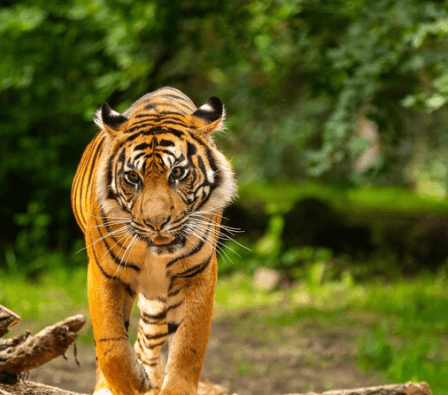Welcome to Eklingji Temple, a sanctuary of spirituality and architectural grandeur in the picturesque Udaipur, Rajasthan.
This sacred site, dating back to ancient times, welcomes visitors with its tranquil ambiance and rich historical significance.
Moreover, as you step into its hallowed grounds, you are greeted by a mesmerizing mixed of intricate carvings, towering spires, and ornate pillars that speak volumes of its divine legacy.
Moreover, Eklingji Temple holds a special place in the hearts of devotees, serving as a revered abode for Lord Shiva, the presiding deity.
Furthermore, its serene surroundings amidst the Aravalli hills offer a peaceful retreat for those taking solace and spiritual enlightenment. Lastly, the Eklingji Temple Udaipur symbolizes religious fervor and is a living testament to the architectural brilliance of Rajasthan’s heritage.
Darshan Timings/ Aarti Timings
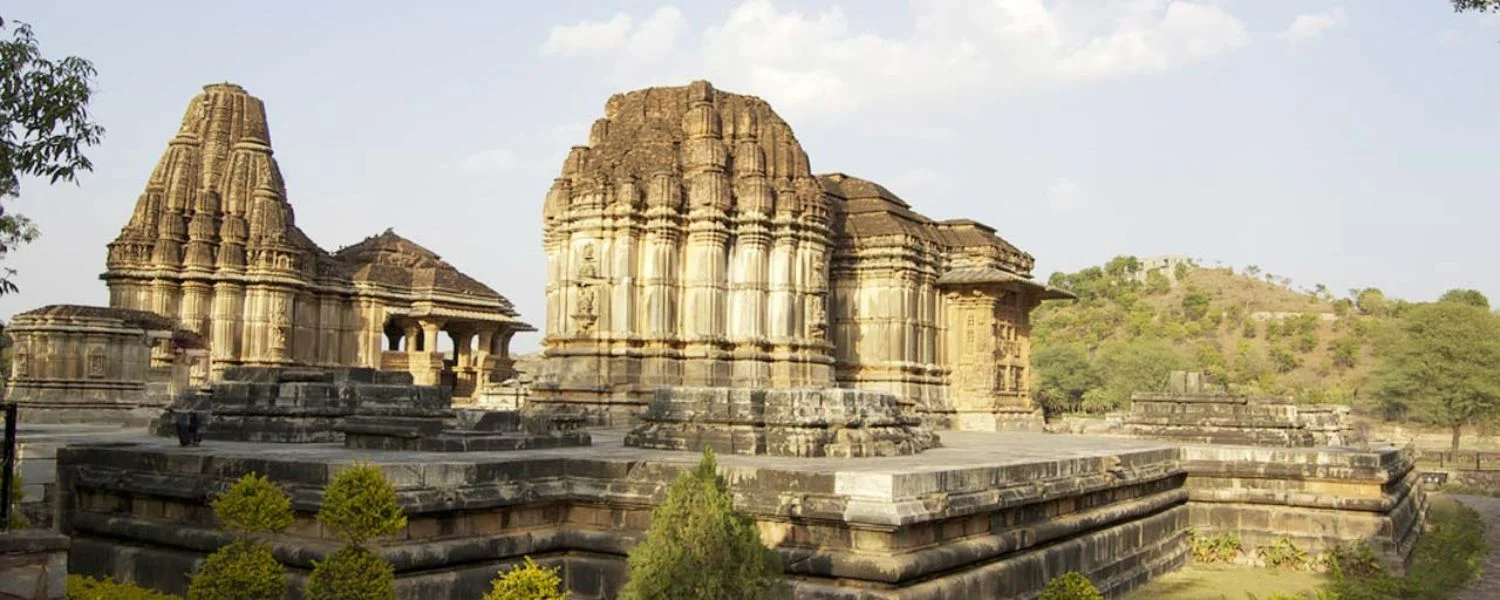
Visitors can seek blessings during the morning hours from 4:30 am to 7:00 am and 10:30 am to 1:30 pm. The temple opens again for evening darshan from 5:00 pm to 7:30 pm.
The temple conducts several aartis throughout the day. The morning aarti is performed at 5:30 am, 8:15 am, 9:15 am, and 11:30 am. Devotees can witness aarti at 3:30 pm and 4:30 pm in the afternoon.
Finally, the evening aarti takes place at 5:00 pm and 6:30 pm. These rituals offer a serene experience, connecting devotees deeply with the divine.
History of Eklingji Temple
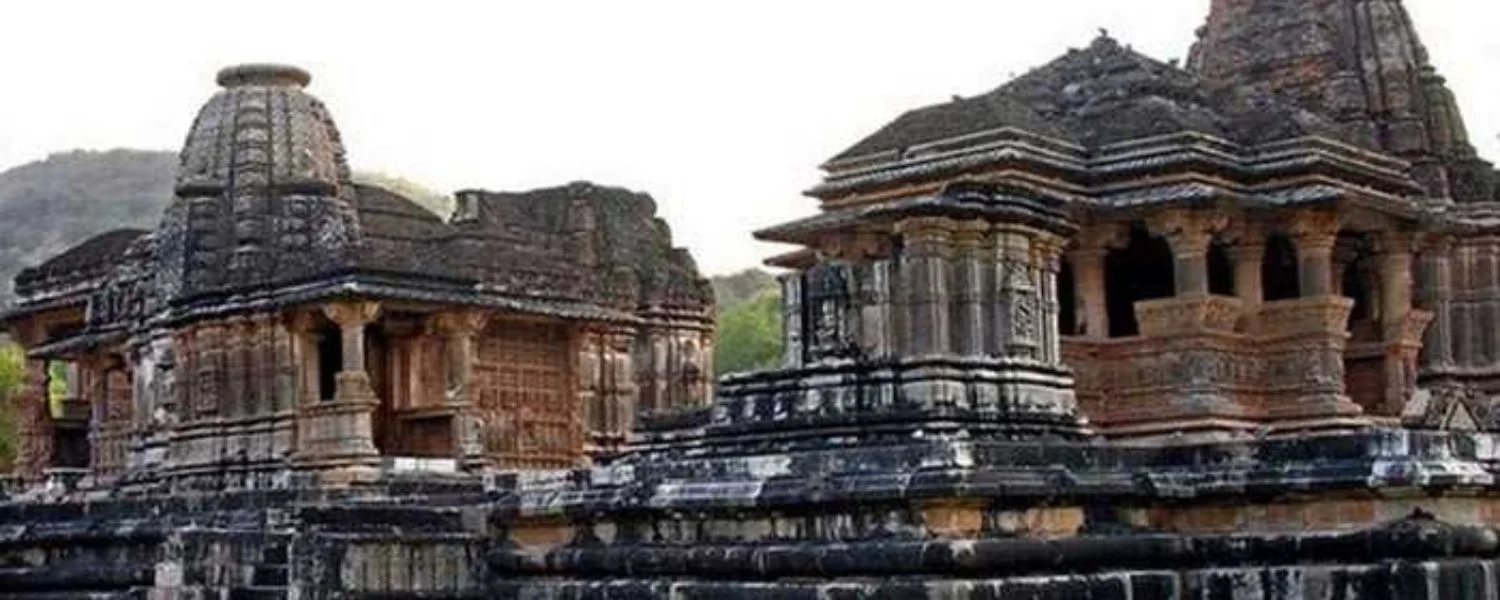
Eklingji Temple, dedicated to Lord Shiva, holds a special place in the hearts of Udaipur locals. Situated in Eklingji, approximately 22 kilometers north of Udaipur, this ancient temple dates back to the 8th century.
Additionally, its origins can be traced to the reign of the Mewar dynasty, which played a vital role in shaping the Eklingji temple history and culture of Rajasthan.
The temple was built under the Guhila dynasty’s patronage, who were Lord Shiva’s devout worshippers. Furthermore, Eklingji Temple is not just a place of worship but also a historical monuments of Rajasthan.
The architecture reflects the glorious past and intricate craftsmanship of the era. In addition, the temple complex houses numerous other shrines, adding to its spiritual ambiance.
Lastly, the legacy of Eklingji Temple continues to draw pilgrims and tourists alike, showcasing the enduring faith and cultural heritage of Rajasthan.
Architecture of Eklingji Temple
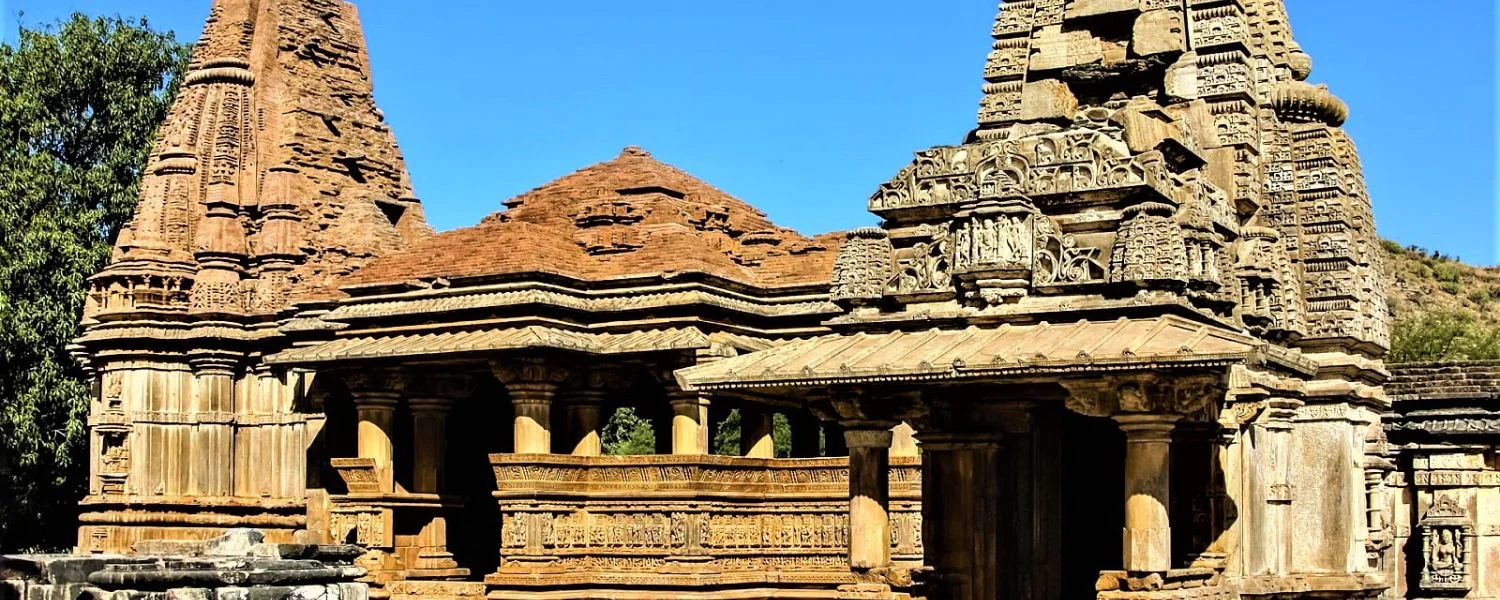
As you approach the Eklingji Temple, you will be greeted by its magnificence of architecture. The temple complex comprises multiple structures, each with its unique significance.
The Eklingji Temple’s main shrine is a masterpiece of intricate craftsmanship using marble and sandstone. The temple stands tall with its five soaring towers, or shikhara, reaching towards the heavens.
Moreover, the temple is adorned with exquisite carvings and sculptures, making it a visual delight that reflects the skilled artistry of the bygone era.
Upon entering the temple, you will be enveloped in an aura of divinity and tranquillity. The sanctum houses a four-faced black marble idol of Lord Shiva, known as Eklingji, which is lavishly decorated with jewels and ornaments.
This captures the essence of the majestic persona of the Eklingji temple shilling. The Eklingji Temple complex is more comprehensive than just the main shrine.
Besides, you can also explore the smaller shrines dedicated to various Hindu deities, each with its unique charm and significance. Here, you can pay your respects to Goddess Parvati, Lord Ganesha, and Lord Kartikeya, among others, and feel their divine energy resonate within you.
Renovation Process of Eklingji Temple
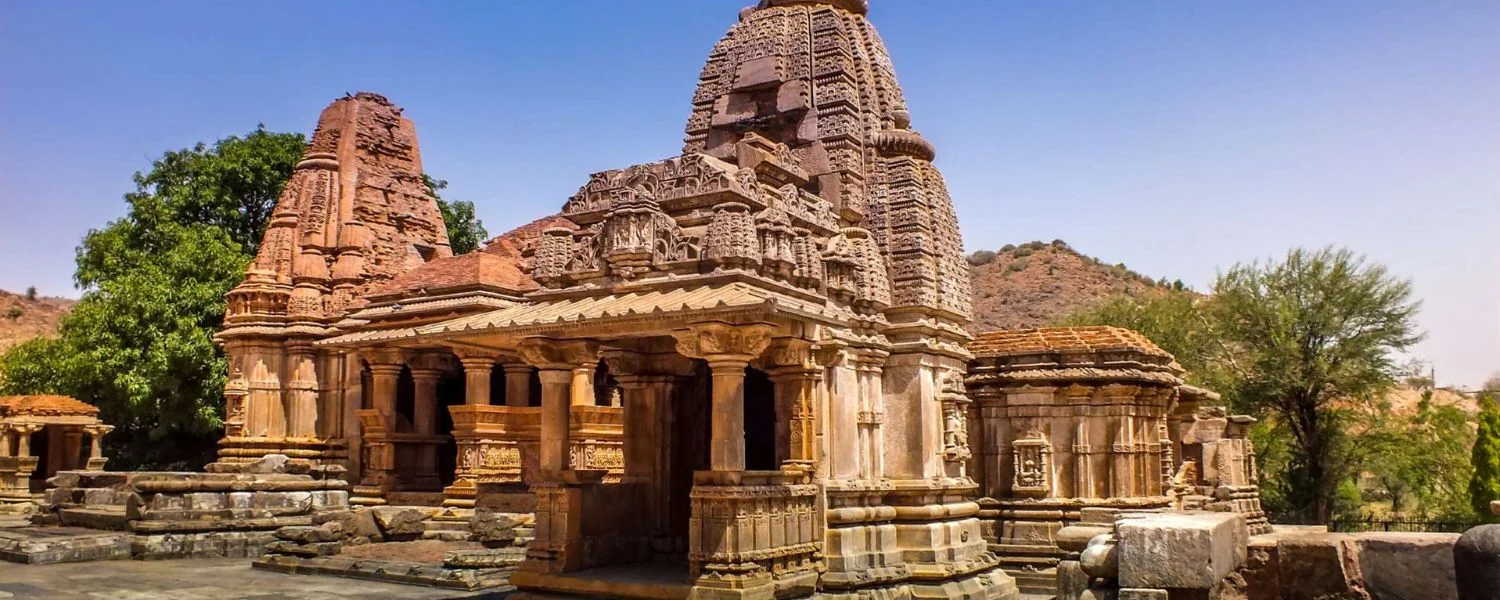
In the 14th century, after an invasion, the idol was placed by Hamir Singh in the main temple. Then, in the 15th century, Rana Kumbha renovated the temple by adding the Vishnu temple.
Furthermore, in the 1460 inscription, Rana Kumbha is described as the accomplice of Lord Eklingji. Moreover, later in the 15th century, the temple was again attacked by Ghiyath Shah of the Malwa Sultanate.
However, he was defeated by Rana Raimal, the son of Rana Kumbha. Rana Raimal captured Shah and procured a ransom for his release.
Moreover, he used the money to reinstate the temple’s glory. However, this was the last rebuilding of the temple, and an idol of Eklingji was installed in the temple complex.
In addition to these renovations, the efforts made by various rulers throughout history have ensured that the Eklingji Temple remains a symbol of devotion and architectural brilliance.
How to Reach Eklingji Temple
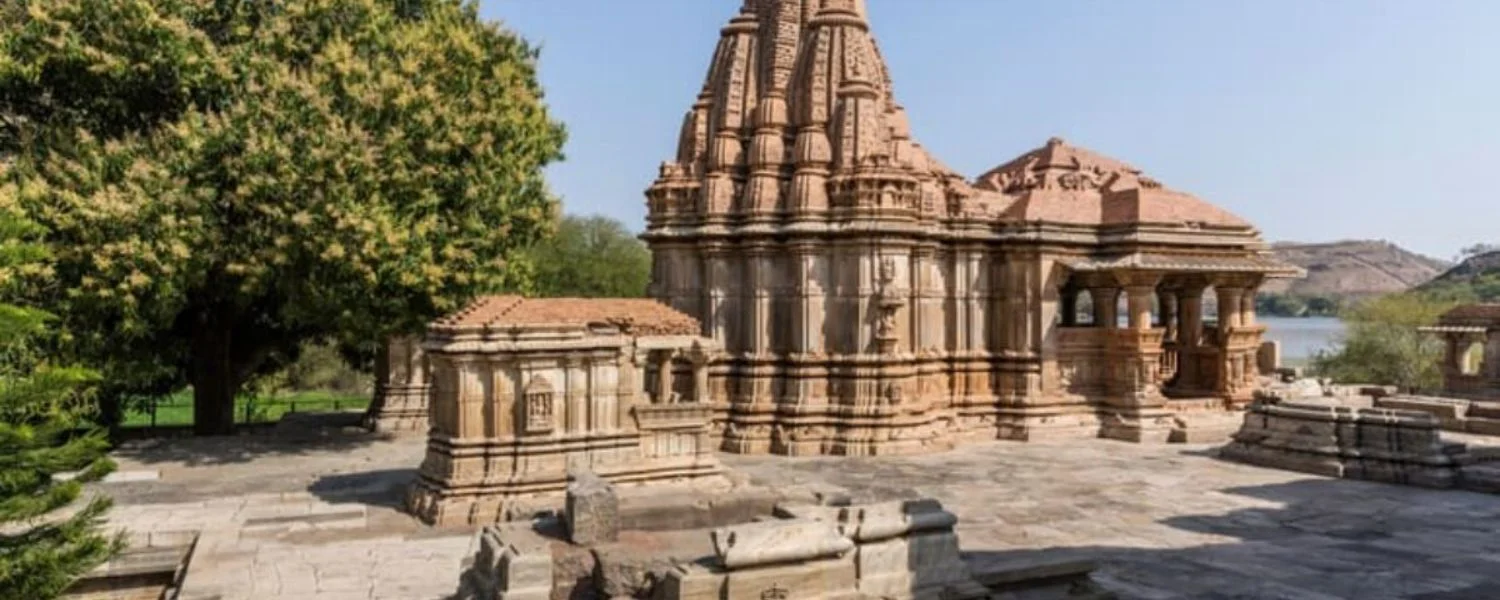
The Eklingji Temple is conveniently located just 22 km from Udaipur and is easily available by airways, railways, and roadways.
Moreover, public transit options are readily available from the main city center, and you can hire a cab to reach the temple within 35 to 45 minutes.
By airways, Dabok Airport, located 21 km from the city center, offers flights connecting Udaipur to major cities like Delhi, Mumbai, Jaipur, Jodhpur, and Aurangabad.
Taking a flight is a suitable option if you need more eklingji temple timings. By railways, Udaipur is well-connected via a robust rail network, with the railway station just 3 km from the city center.
You can find direct trains from Delhi, Jodhpur, Jaipur, Chittaur, Ajmer, and Ahmedabad to Udaipur, the City of Lakes.
Traveling by train can be a fun experience, especially with family or friends, so do not forget to invite them along. However, by roadways, Udaipur is connected to National Highway 8, a major Delhi-Mumbai link road.
You can use public transport options like cabs, taxis, and buses. Public transport corporations from Uttar Pradesh, Gujarat, Rajasthan, and Madhya Pradesh run buses to and from Udaipur, offering an affordable, safe, and comfortable journey.
We recommend taking a bus as it allows you to meet different people, enjoy the astonishing views, and explore the tasty and best Rajasthani food in Udaipur.
Entry Fees and Timings
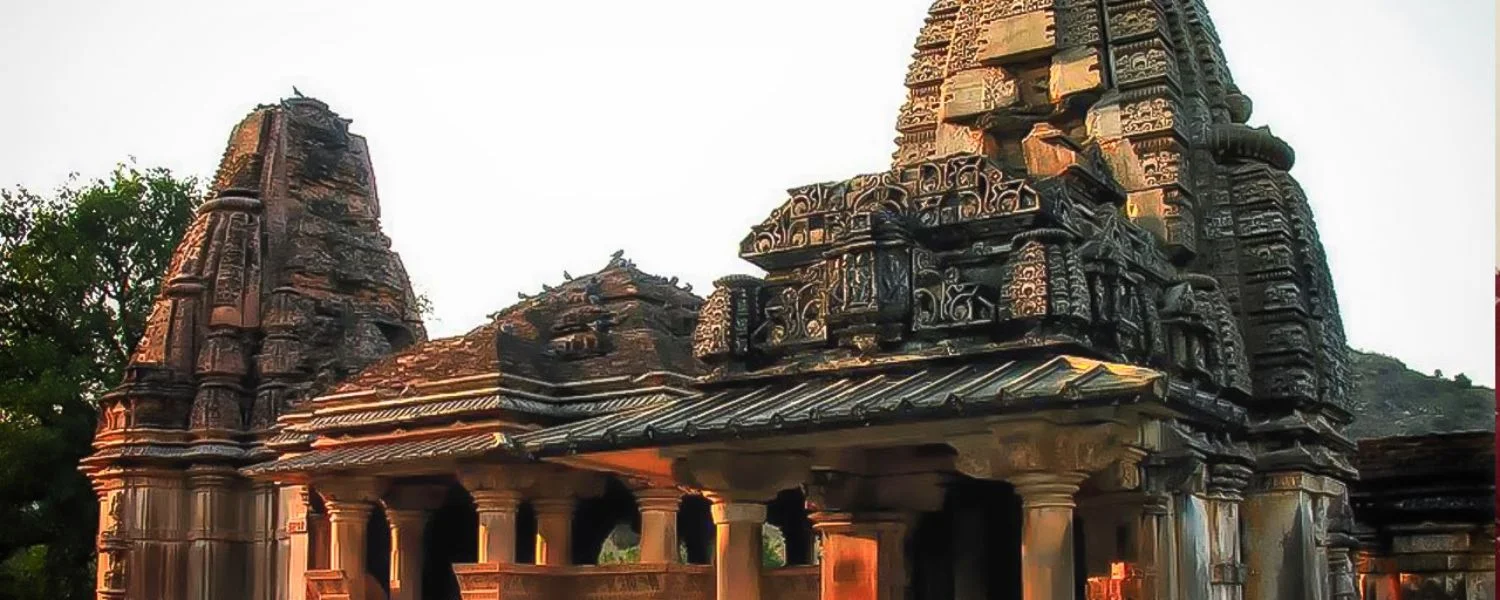
However, there is no entry fee to visit Eklingji Temple. The temple operates in three shifts: from 4:30 a.m. to 7:00 a.m., from 10:30 a.m. to 1:30 p.m., and again in the evening from 5:00 p.m. to 7:30 p.m.
The temple’s schedule allows you to plan your visit at your convenience, making it easier to include in your itinerary. Furthermore, since there is no entry fee, you can enjoy this spiritual experience without additional cost.
Things to Do
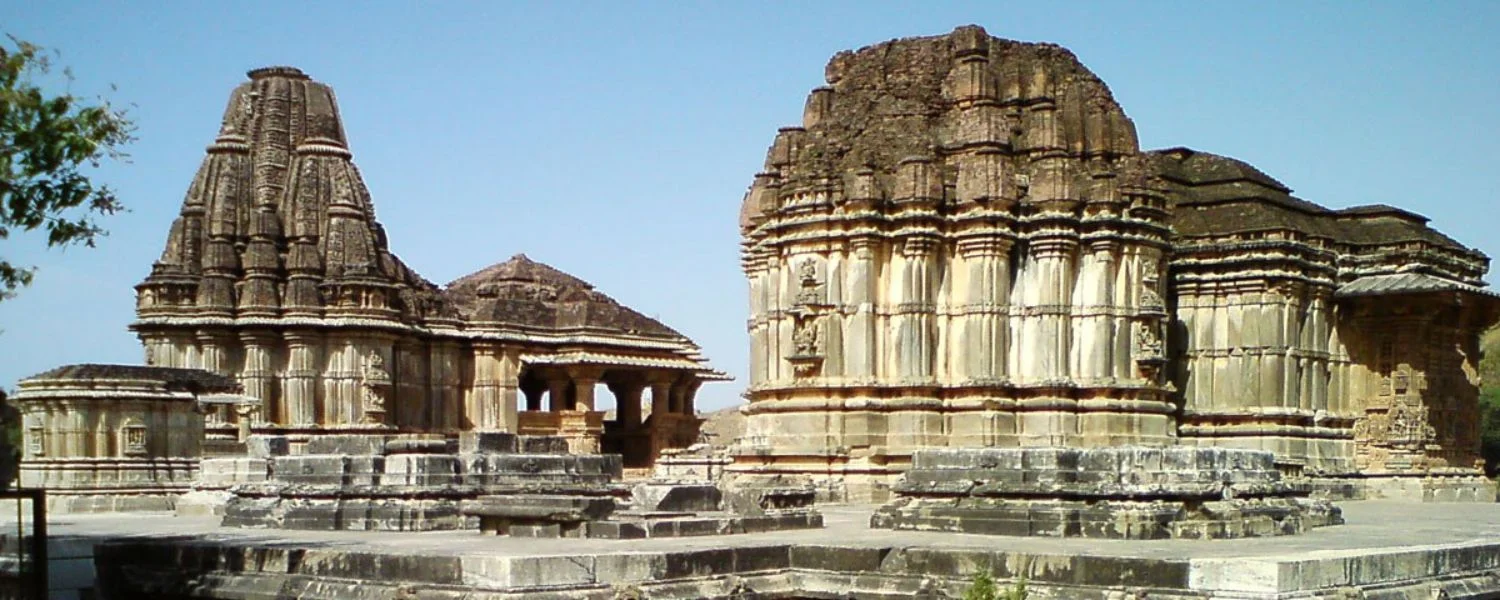
The Eklingji Temple hosts special events during Navaratras, drawing devotees worldwide.
These significant festivals, celebrated in the Chaitra and Ashwin months of the Hindu calendar, offer a unique opportunity for worshippers to seek blessings and relieve their daily stress.
It is believed that taking the blessing of Eklingji brings people one step closer to spiritual breakthroughs, helping them overcome worldly struggles and pains.
Moreover, the vibrant atmosphere during these events is a profound experience, further deepening one’s spiritual journey.
Places to Visit
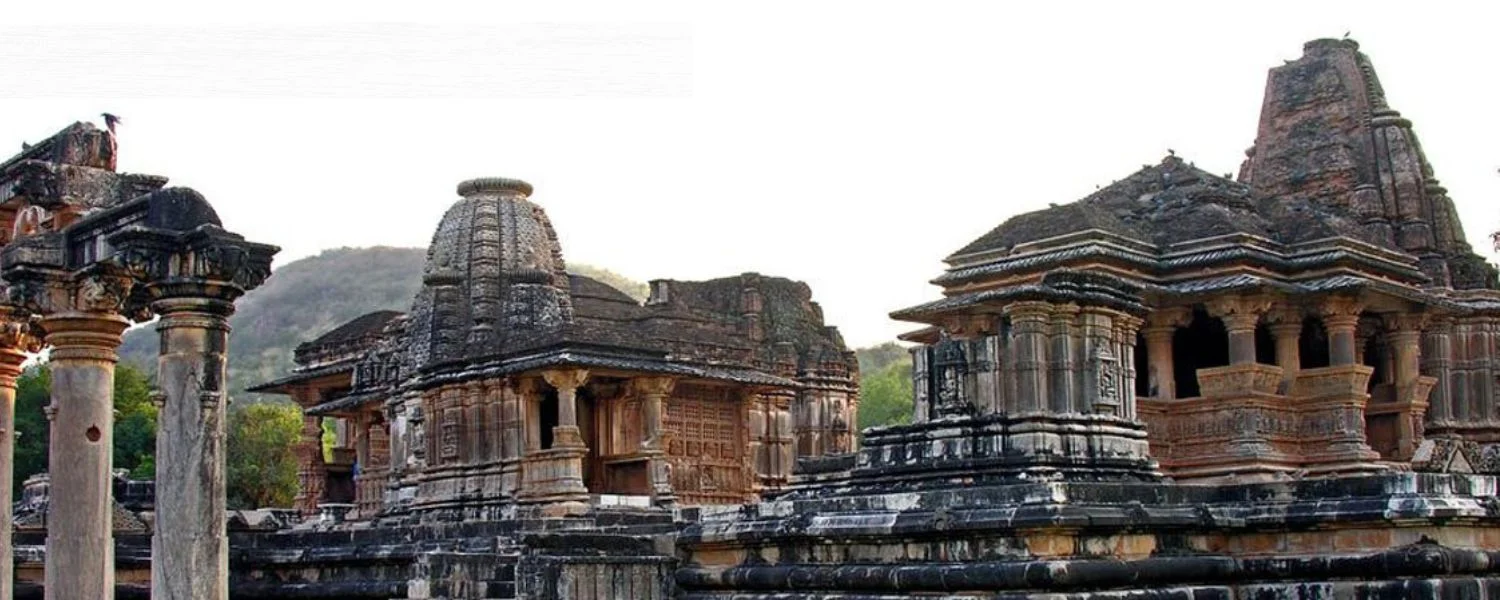
Besides the main Eklingji Temple, the surrounding area is dotted with other holy places, each holding special significance for devotees. Temples like Rathasan Devi, Pataleshwar Mahadeo and Vindhyavasini Devi are renowned for their beautiful architecture and serene environments.
Additionally, within the Eklingji temple premises are two famous temples worth visiting. First, the Sas Bahu Temple, one of the rarest temples built in the 10th century, is dedicated to the legendary mother-in-law and daughter-in-law.
The temple is known for its intricately carved erotic images on the walls. Then, the Adbudji Jain Temple, dating back to the 17th century, houses an idol of Shanti Nath Bhagwan made of black marble, showcasing exquisite craftsmanship.
Furthermore, hiring a tourist guide can enhance your visit by providing insights into the history of the Kailashpuri dynasty and offering astonishing views of the surrounding landscapes.
Best Time to Visit
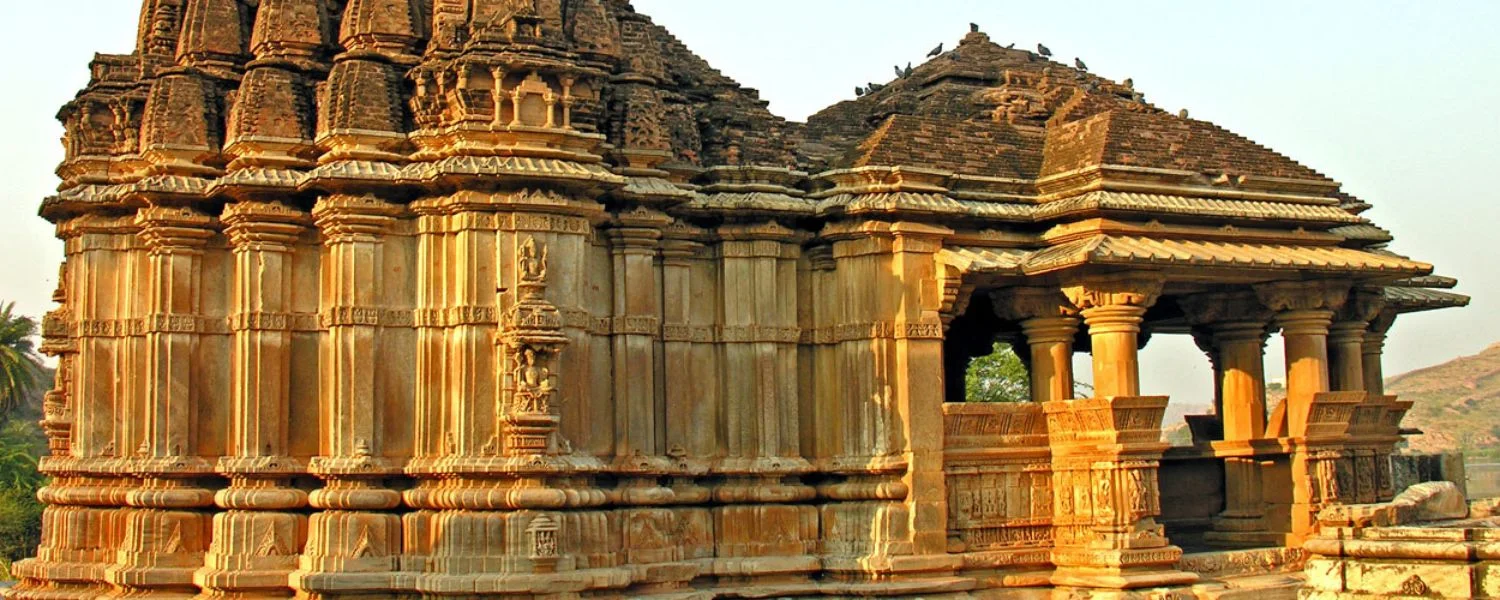
While any time is ideal for seeking God’s blessings, a spring (February-March) trip is particularly pleasant considering the weather.
The mild climate during this period makes exploring the Eklingji Temple and its surroundings more enjoyable.
Conclusion
In conclusion, the Eklingji Temple is a beacon of cultural and historical significance, drawing countless devotees and history enthusiasts alike.
The temple’s stunning architecture, intricate carvings, and serene surroundings provide a profound spiritual experience.
Furthermore, its rich history, dating back to the 8th century, and the continuous renovations by dedicated rulers showcase its enduring legacy.
Besides, the temple’s accessibility and its vibrant festivals make it a must-visit destination in Udaipur.
Lastly, whether you seek spiritual solace or a glimpse into Rajasthan’s architectural brilliance, the Eklingji Temple offers an unforgettable journey into the heart of Indian heritage.
FAQ
Q. Why is Eklingji Temple famous?
The Eklingji Temple is renowned for its exquisite two-storied architecture. The vast ‘mandap’ (pillared hall) boasts unique carvings and is sheltered by a heavy pyramidal roof. Furthermore, the most striking feature is the four-faced idol of Eklingji (Lord Shiva), carved from black marble.
Q. What is Eklingji Darshan’s Time today?
The Eklingji Temple is open all seven days of the week. Darshan timings are in the morning from 4.30 am to 7.00 am, in the afternoon from 10.30 am to 1.30 pm, and in the evening from 5.00 pm to 7.30 pm.
Q. Is Eklingji a jyotirlinga?
Although not officially one of India’s 12 jyotirlingas, many consider Eklingji Temple to be the 13th due to its immense spiritual power and significance.
Q. Which God is the temple of Eklingji?
The Eklingji Temple is dedicated to Lord Shiva and holds a special place in the hearts of Udaipur locals.





